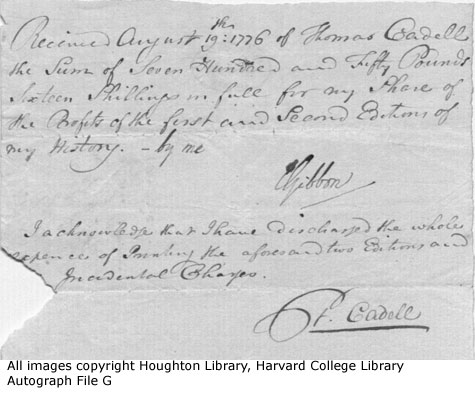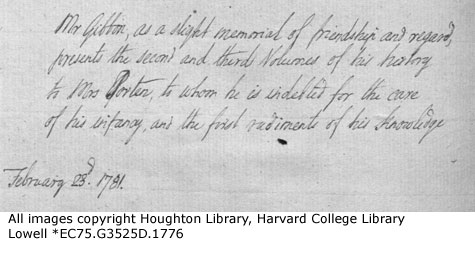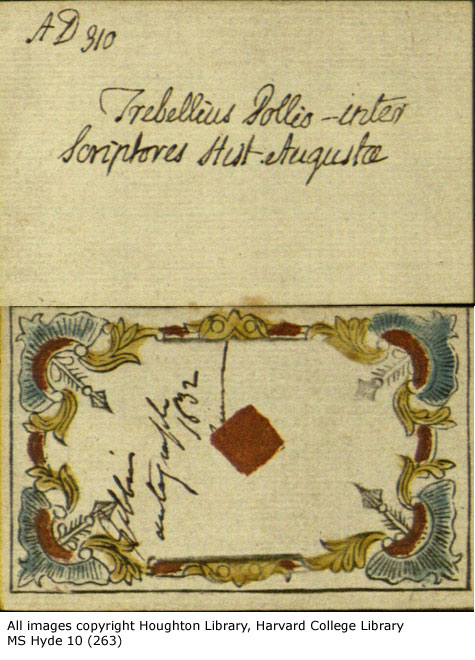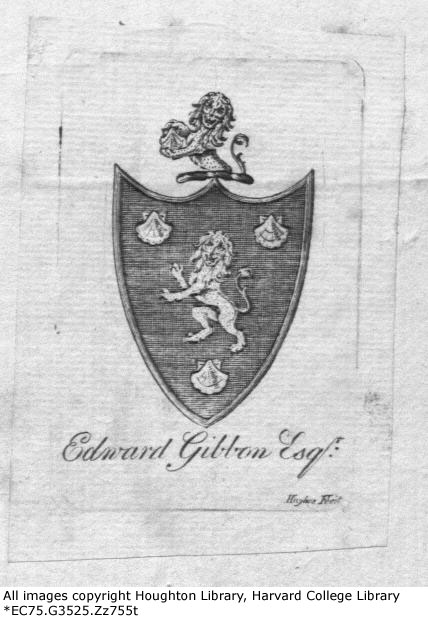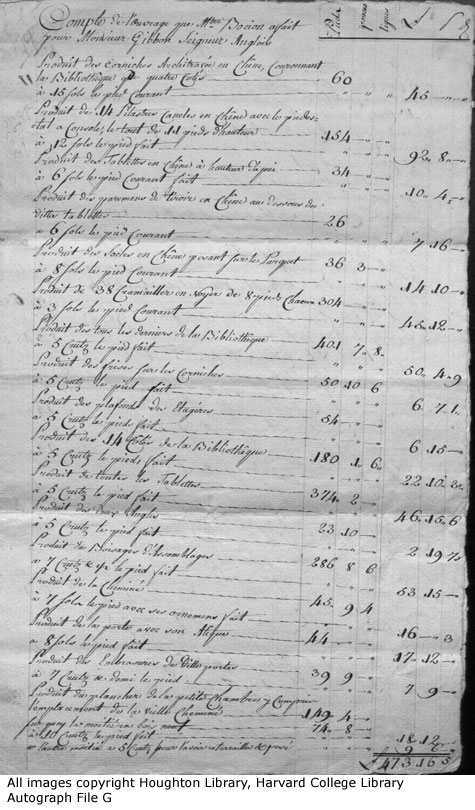I’m very pleased to announce a major milestone in our project to digitize our Samuel Johnson correspondence. All 750 Johnson letters in MS Hyde 1 have now been completed and made accessible to the scholarly community. This last section includes a number of important Johnson correspondents, including his stepdaughter Lucy Porter, his friends Henry Thrale and Sir Joshua Reynolds, and the publisher William Strahan.
By far the largest single block, however, are the 232 letters from Johnson to Hester Thrale Piozzi, many of which she annotated in the course of producing her book Letters to and from the late Samuel Johnson, LL.D. Of particular interest is Johnson’s anguished letter on learning of her marriage to Gabriele Piozzi, which opens “If I interpret your letter right, you are ignominiously married, if it is yet undone, let us once talk together. If you have abandoned your children and your religion, God forgive your wickedness; if you have forfeited your fame and your country, may your folly do you no further mischief.” And yet, written sideways in the margin, an attempt at reconciliation: “I will come down if you permit it.”
As if all this weren’t news enough to gladden the heart of any Johnsonian, I can also announce that we’ve digitized letters to Johnson from several of his most important correspondents: James Boswell (1 letter), Charles Burney (2 letters), David Garrick (1 letter), Mrs. Piozzi (7 letters, including her reply to the Johnson letter quoted above), and Queeney Thrale (1 letter).
Thanks to the breathtaking efficiency of my colleague Alison Harris, the project is ahead of schedule, and we’re hoping to expand it to include several groups of Johnson letters in other Houghton collections, so stayed tuned for further updates.

